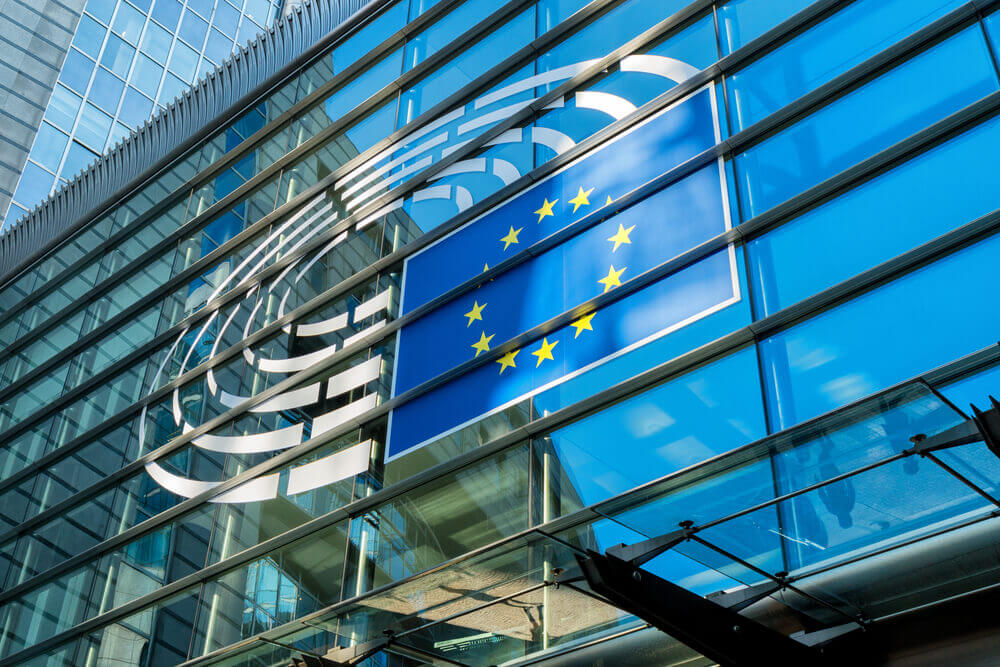European Union countries will jointly borrow then spend 750 billion euros or $880 billion over subsequent three years. This is to lift the economy out of the deep recession caused by the COVID-19 pandemic.
Of the whole 750 billion euros that the EU will borrow, 360 billion is to be distributed in cheap loans. Then, 312.5 billion in grants and the remaining 77.5 billion will be spent on other EU schemes. The schemes include addressing the fallout of the COVID-19 pandemic.
EU governments would say what they want to spend the money on. In recovery and resilience plans, these could also be coherent packages of reforms and investment projects to be implemented up to 2026.
The European Commission will have to check these plans. That’s to see whether they’re in line with what the Commission prescribed in its annual recommendations for each EU country.
At least 37% of the money should go towards projects that help protect the environment and prevent climate change. Moreover, at least 20% on digitizing economies.
For projects that started from Feb. 1, 2020, onwards, cash can be requested.
Furthermore, out of the 312.5 billion euros in grants, 70% will be allocated in 2021 and 2022. Allocations will be proportional to a country’s population with the inverse of its per capita GDP. Moreover, its average unemployment rate in the period 2015-2019.
For the remaining 30%, in 2023, instead of the 2015-2019 unemployment rate. The formula will use “the loss in real GDP observed over 2020.” It will also use “the cumulative loss in real GDP observed over the period 2020-2021″.
When will Governments Get the Money?
At the earliest, in the first half of 2021, governments can get pre-financing. That will be up to 10% of the total amount approved in their respective plans.
The rest will be paid out in instalments. But that’s if and when the approved projects reach agreed milestones and targets. In addition, it will be checked by the Commission and EU governments.
If some governments believe others haven’t met the criteria for further disbursements, they can ask for payment to be held. That will be pending discussion by EU leaders at their quarterly summit.
The plans are set to be formally submitted from Jan 1, 2021 to April 30, 2021. But governments can begin submitting them from Oct. 15.
This is so they can be discussed with the Commission. And be ready for approval as soon as the money is legally available.
On Jan. 1, the EU aims to formally launch the whole recovery scheme. However, that scheduled date depends on parliaments within the 27-nation bloc ratifying the EU recovery plan by then. This is so that the Commission can borrow money on the market to disburse.
($1 = 0.8485 euros)











